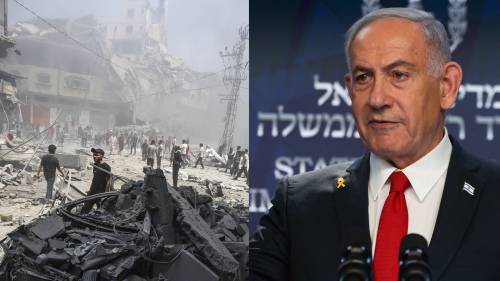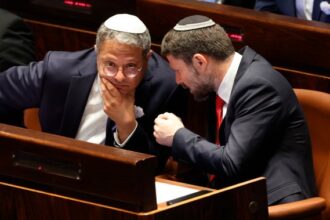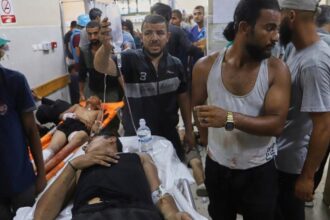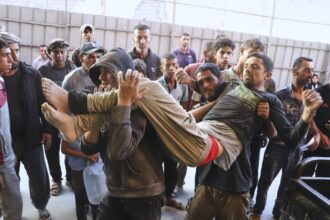In a stark escalation that belies ongoing diplomatic efforts, Israeli forces have intensified their military campaign in Gaza City this week, establishing control over strategic locations while negotiation teams simultaneously engage in what might be the most promising ceasefire discussions since March.
The juxtaposition of heightened military action against the backdrop of peace talks creates a troubling paradox for civilians caught in the crossfire. According to Palestinian health authorities, the death toll in Gaza has now surpassed 36,000 since the conflict erupted following Hamas’ October 7 attack on Israel. That initial incursion resulted in approximately 1,200 deaths and the taking of 250 hostages, triggering the ongoing military response.
“We’re witnessing a critical juncture where military and diplomatic tracks are running parallel but in seemingly opposite directions,” said Dr. Mira Sucharov, professor of political science at Carleton University. “Israel appears determined to achieve specific military objectives regardless of how that might impact the fragile negotiation process.”
Israeli Defense Forces have established new control points throughout Gaza City’s central districts, effectively dividing the urban area into sectors that military officials claim will “dismantle remaining Hamas infrastructure.” Residents report intensified airstrikes and artillery fire, particularly in the northern neighborhoods where humanitarian access remains severely restricted.
Meanwhile, in Cairo, negotiators from Qatar, Egypt, and the United States continue efforts to broker a deal between Israel and Hamas. Sources familiar with the talks indicate that the framework includes provisions for a phased hostage release, temporary cessation of hostilities, and increased humanitarian aid—elements that have appeared in previous proposals.
“The talks in Cairo represent perhaps the most substantial diplomatic opening we’ve seen in months,” said former Canadian ambassador to Israel Jon Allen. “But the continued military pressure raises legitimate questions about Israel’s commitment to finding a political solution versus seeking a decisive military victory.”
The humanitarian situation continues to deteriorate across Gaza, with the World Food Programme warning that famine conditions are spreading beyond northern areas into central Gaza. Medical facilities report critical shortages of essential supplies, and the UN estimates that over 80% of Gaza’s pre-war housing stock has been damaged or destroyed.
For Canada, the prolonged conflict presents both diplomatic and domestic challenges. The Trudeau government has maintained support for Israel’s right to self-defense while increasingly calling for protection of Palestinian civilians and a pathway toward a two-state solution. This balancing act reflects divided opinion among Canadians, with pro-Palestinian and pro-Israeli demonstrations continuing across major cities.
“The politics of this conflict extend far beyond the Middle East,” explained Dr. Jeremy Wildeman, research associate at the University of Ottawa’s Human Rights Research and Education Centre. “Each day of continued fighting further entrenches positions that make a lasting peace more difficult to achieve.”
As military operations and ceasefire talks continue on parallel tracks, the fundamental question remains: can diplomatic efforts succeed while military objectives are still being actively pursued, or are we witnessing a strategy that uses negotiation as cover for continued military action? For millions of civilians caught in this devastating conflict, the answer cannot come soon enough.










